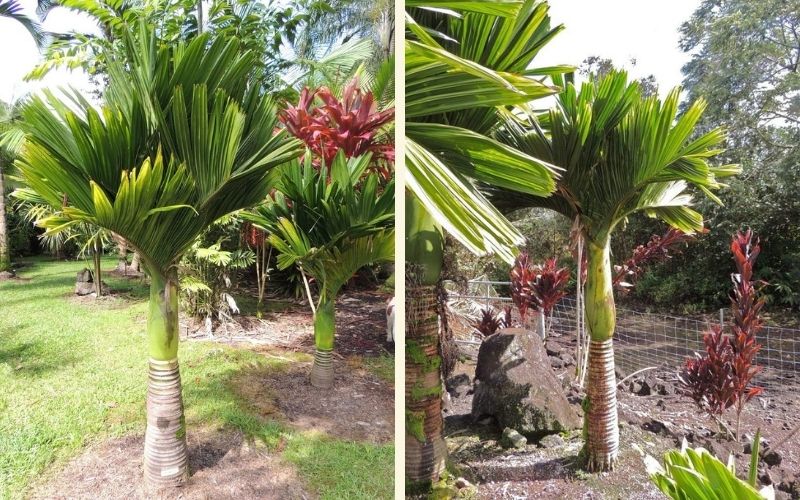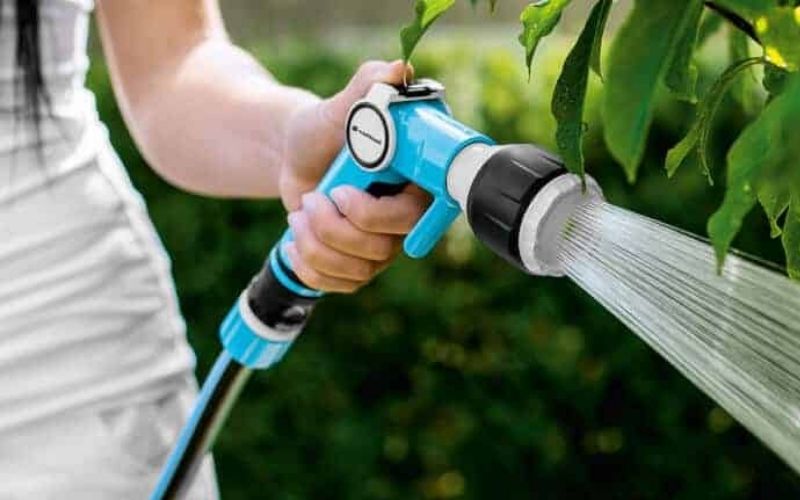The Pygmy Date Palm, or Areca catechu, is a popular ornamental plant with a range of symbolic meanings and benefits for homeowners. Let’s explore the significance and characteristics of this unique plant.
1 What is the Pygmy Date Palm?
Origin and Significance of the Pygmy Date Palm
The Pygmy Date Palm, with its scientific name Areca catechu, belongs to the Arecaceae family. It is characterized by a straight, columnar trunk and can grow to a height of 1 to 1.5 meters, making it an attractive choice for landscaping. You’ll often find it adorning front yards, gardens, and even industrial areas.
 The Pygmy Date Palm, Areca catechu, belongs to the Arecaceae family.
The Pygmy Date Palm, Areca catechu, belongs to the Arecaceae family.
Feng Shui Significance of the Pygmy Date Palm
In the past, people used to say, “Plant a palm tree in front and a banana tree behind,” implying that planting a palm tree in front of your house brings good fortune. It is believed to attract positive life events and ward off negative energies from entering the home.
Additionally, the Pygmy Date Palm symbolizes new beginnings filled with hope and gratitude. As such, it is commonly used in rituals, from funerals to weddings and ancestral worship.
According to Feng Shui principles, the Pygmy Date Palm is particularly beneficial for individuals with Earth and Fire elemental signs. For these individuals, the plant is said to attract wealth and enhance their reputation.
 Planting a Pygmy Date Palm is believed to bring good fortune and ward off negative energies.
Planting a Pygmy Date Palm is believed to bring good fortune and ward off negative energies.
Characteristics and Classification of the Pygmy Date Palm
The trunk of the Pygmy Date Palm is distinctive, featuring swollen, ringed sections, and prominent roots. Its leaves are concentrated at the top, with large sheaths that wrap around the trunk, known as mo in Vietnamese. The inner leaves are a vibrant, glossy green, adding to the plant’s visual appeal.
The flowers of the Pygmy Date Palm are white, sometimes with a greenish-white hue. When in bloom, the clusters of flowers create a stunning display, enhanced by their delicate fragrance. This combination of beauty and scent has made the Pygmy Date Palm a favorite among gardeners and homeowners alike.
The fruit of the Pygmy Date Palm is egg-shaped, green when unripe, and turning yellow as it matures.
 The Pygmy Date Palm’s trunk features swollen, ringed sections and prominent roots.
The Pygmy Date Palm’s trunk features swollen, ringed sections and prominent roots.
2 Benefits of the Pygmy Date Palm
Planting a Pygmy Date Palm in front of your house offers several advantages. It blocks the early morning sun while allowing cooling breezes to pass through, creating a more comfortable and airy environment around your home. This can improve your overall well-being and enhance your productivity. Additionally, the palm’s infrequent leaf shedding adds to the stately appearance of your home.
The straight trunk, along with the leaves, flowers, and fruit, symbolize luck and prosperity. A row of these palms outside your home acts as a protective barrier against misfortune.
 Benefits of the Pygmy Date Palm.
Benefits of the Pygmy Date Palm.
3 How to Plant and Care for the Pygmy Date Palm
Planting the Pygmy Date Palm at Home
 Planting the Pygmy Date Palm.
Planting the Pygmy Date Palm.
Select seedlings from a reputable source, ensuring they are free from pests and diseases. Look for plants with sturdy, well-nourished trunks and vibrant green leaves.
While the Pygmy Date Palm can be planted year-round, the best times are from March to April and August to October.
The Pygmy Date Palm thrives in sandy loam soil with added compost at a ratio of 4:1.
 Preparing the soil for planting.
Preparing the soil for planting.
Choose a suitable location, dig a square hole, and place the seedling’s root ball into it. Fill the hole with soil and add compost, organic fertilizer, and lime to prevent pests and diseases.
Caring for the Pygmy Date Palm
The Pygmy Date Palm requires ample sunlight, so avoid placing it in shaded areas. Its large root system prefers moist conditions, so water the plant twice a day to ensure it receives sufficient hydration.
The palm is susceptible to pests such as scale insects and mealybugs. If your plant becomes infested, use Supracide or Suprathion to spray and eliminate these harmful insects.
 The Pygmy Date Palm requires ample sunlight and frequent watering.
The Pygmy Date Palm requires ample sunlight and frequent watering.
Notes on Planting and Caring for the Pygmy Date Palm
- Choose healthy, robust seedlings that can resist pests and diseases. Look for plants with thick, sturdy trunks and bright green leaves, free from any signs of infestation.
- March to April is the ideal time to plant the Pygmy Date Palm, as the cooler temperatures provide a favorable environment for its growth.
- Use sandy loam soil mixed with compost to provide the necessary nutrients for the plant’s growth. Ensure the seedling is planted upright to maintain its distinctive form.
- Regular watering and fertilization are essential to maintain the plant’s beauty and health.
4 5 Beautiful Images of the Pygmy Date Palm
 The beauty of the Pygmy Date Palm.
The beauty of the Pygmy Date Palm.
 A lush Pygmy Date Palm.
A lush Pygmy Date Palm.
 The Pygmy Date Palm adds a tropical touch.
The Pygmy Date Palm adds a tropical touch.
 A well-maintained Pygmy Date Palm.
A well-maintained Pygmy Date Palm.
 The Pygmy Date Palm’s distinctive form.
The Pygmy Date Palm’s distinctive form.
We hope this article provided you with valuable insights into the significance and care of the Pygmy Date Palm. May your home be filled with good fortune and beauty.






































